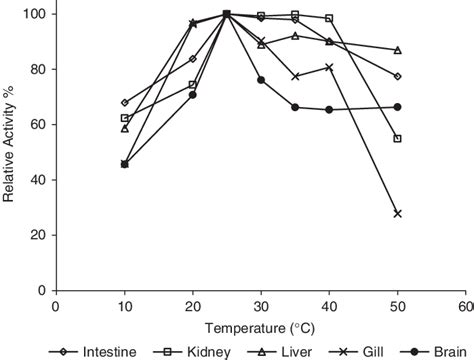Have you ever stopped to think about the tiny bubbles that form when water is exposed to sound waves? These aren’t just any bubbles; they are known as acoustic bubbles or active bubbles. If you’re curious about what makes these microbubbles tick and how they could shape our future, then you’re in for a fascinating journey into the world of cutting-edge research.
Imagine a team of dedicated researchers at Osaka Metropolitan University, led by the brilliant Professor Kenji Okitsu from the Graduate School of Sustainable System Sciences. These scientists have delved deep into the realm of acoustic bubbles, uncovering crucial clues that could revolutionize various fields, from environmental technology to nanoscience.
“Our research provides new insights into the relationship between bubble temperature and chemical activity,”
Professor Okitsu exclaimed with enthusiasm. And indeed, their findings have opened up a treasure trove of possibilities when it comes to understanding the behavior of these minuscule yet mighty entities.
The key discovery made by Professor Okitsu’s team revolves around using hydrogen as a vital gauge for assessing the chemical activity and temperature of acoustic bubbles. Unlike hydrogen peroxide, which was previously thought to be the primary indicator during thermal decomposition of water under sonication, hydrogen emerged as a more significant player in this intricate dance of molecular reactions.
But why does this matter? Well, picture this: by pinpointing hydrogen as a critical factor influencing the chemical activity of acoustic bubbles, scientists can now fine-tune their control over various processes involving these dynamic microstructures. This breakthrough paves the way for enhanced precision in chemical reactions and opens doors to exciting applications in areas like water purification and nanotechnology.
In one set of experiments conducted by the research team, an aqueous t-butanol solution served as their testing ground to explore how ultrasonic waves trigger the formation of active bubbles. As they varied the temperature of the solution and manipulated concentrations of inorganic salts, intriguing patterns began to emerge. The team observed that higher temperatures correlated with lower bubble temperatures while increased salt concentrations led to a reduction in active bubble production.
This intricate interplay between temperature, composition, and bubble dynamics sheds light on how we can harness acoustic bubbles more effectively in diverse technological realms. From tackling persistent organic pollutants through advanced water treatment methods to crafting sophisticated nanomaterials with enhanced functionalities—the potential applications seem boundless.
As we peer into this realm where science meets innovation, one thing becomes clear: acoustic bubbles hold immense promise for shaping our future landscape. With each new revelation brought forth by dedicated researchers like Professor Okitsu and his team, we edge closer towards unlocking greater control over fundamental processes that could redefine industries and propel us towards a more sustainable tomorrow.
So next time you hear those tiny whispers of bubbling excitement beneath the surface, remember – it might just be acoustic bubbles heralding a wave of transformative change on the horizon.

